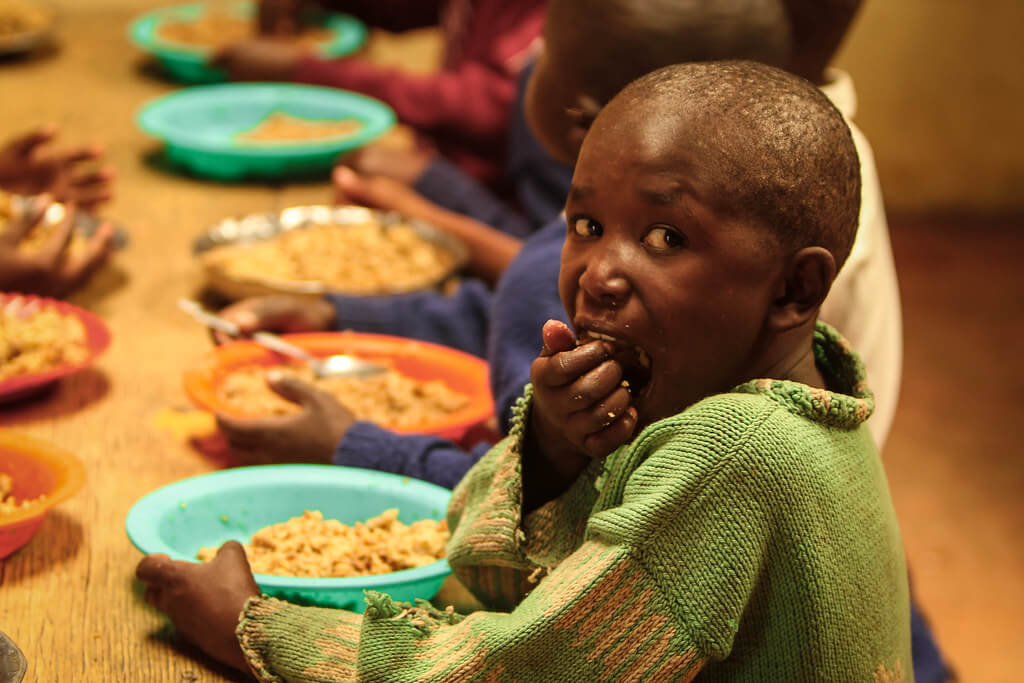Kenyans are suffering catastrophic falls in staple food production, seeing food prices rise faster than the rest of Africa, and creating one of the lowest levels of nutrition on the continent.
With potato production having fallen to a third of its previous levels per hectare, and maize production now running at around 70kg per head compared with 170kg in 1975, the country has slid into a deepening food crisis.
For many Kenyans, this has rendered mainstream foods unaffordable with the country suffering food price rises at almost twice the levels of other African countries and triple world levels in almost every year for over a decade.
‘Bad weather’ is generally blamed for the falls that have left more than 27.8 percent of Kenyans now undernourished and 38 million food insecure, but there is no evidence that any idealised ‘good weather’ will ever be returning, making the declines seemingly permanent.
In recent years, the country has lived through years of drought, followed by extreme flooding, and is now forecast to return to limited rains and drought for the coming 2024 short rains season.
Read More:
Local & export demand for orange fleshed sweet potato grows with superfood classification
Millet gives new pathway to reversing Africa’s diabetes explosion
This ‘bad weather’ has also brought with it warmer and warmer temperatures which provide the best conditions for crop-destroying pests and diseases. Fall Armyworm and Maize Lethal Necrosis Disease as examples have become the leading maize pests thanks to the ever-rising temperatures that encourage their multiplication.
Studies have shown that a two-degree increase in temperature leads to 20-50 per cent more losses caused by pests for maize, wheat, and rice farmers.
With temperatures in Kenya projected to increase by 2.5°C for the next two decades, there is no plan yet being implemented to arrest the country’s falling agriculture production.
Despite commitments on the table for years to steer the smallholders that produce 98 per cent of the country’s food back to growth, through expanded extension services, support has, instead been reduced. Today there is only one agriculture extension officer for 1,800 farmers which is four times less than the recommended standard.
National and county governments have failed to prioritise agricultural education or information campaigns to support farmers in moving towards drought and flood-resistant farming, and there is no national climate change agricultural policy to rebuild the food supply in the new, erratic climate.
Read More:
Group farming enables sorghum and bean farmers double income
Busia start-up raises local millet farmer income through value addition
On average, farmers who have access to agriculture extension services produce 50 per cent more food than those who do not. Instead, the daily energy intake of Kenyans stands at just 2,218 calories per head per day. This is well below the recommended 2,500 calories and 13.8 per cent lower than the average in Africa. This makes Kenya among the poorest-fed countries in Africa despite having one of the largest economies on the continent, a situation likely to worsen as the county’s meteorological department warns of limited rains and a possible drought ahead.
